VITAMINS
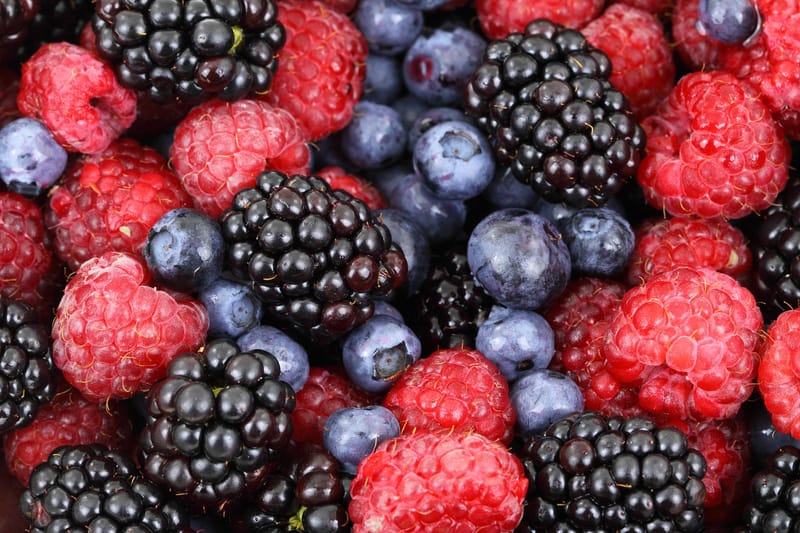
1. VITAMIN A
HELPS FOR:
Healthy eyes, general growth and development, including healthy teeth and skin.
MAIN SOURCE:
Carrots and other orange foods including sweet potato and cantaloupe melons – all of which get their hue from the carotene pigment.
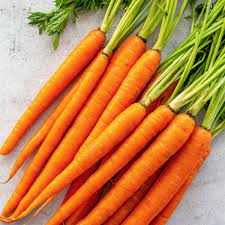
Carrots 101: Cooking and Benefits ...jessicagavin.com
VITAMINS B
HELPS FOR:
Energy production, immune function and iron absorption.
MAIN SOURCE:
This type of nutrients can be found in whole unprocessed foods, specifically whole grains, potatoes, bananas, lentils, chili peppers, beans, yeast and molasses.

Unprocessed Food in a Processed Worldtbrhsc.net
VITAMIN C
HELPS FOR:
Strengthening blood vessels and giving skin its elasticity, anti-oxidant function and iron absorption.
MAIN SOURCE:
Oranges!!! But it is not the only source – other fruits and veggies packed with Vitamin C include guava, red and green peppers, kiwi, grapefruits, strawberries, Brussels sprouts and cantaloupe.
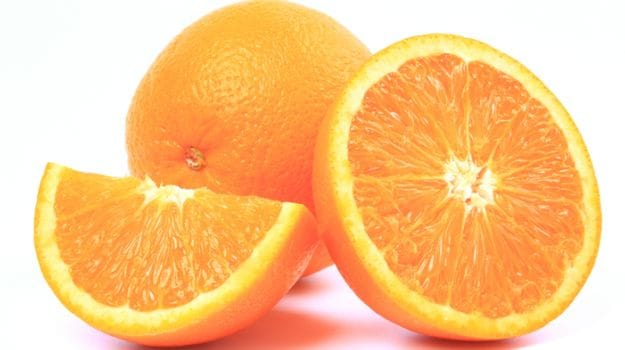
Eat Oranges To Ward Off Heart Disease ...food.ndtv.com
VITAMIN D
HELPS FOR:
Strong healthy bones.
MAIN SOURCE:
You can get this nutritional must from eggs, fish and mushrooms. SUN which produces Vitamin D
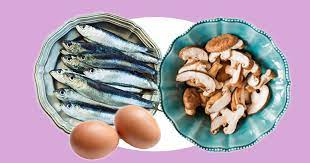
Vitamin D intake through winter ...metro.co.uk
VITAMIN E
HELPS FOR:
Blood circulation, and protection from free radicals.
MAIN SOURCE:
Our favourite Vitamin E-rich food is the mighty almond. You can also use nuts, sunflower seeds and tomatoes to reap the benefits.
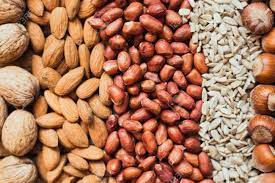 Mix Of Nuts Almonds, Walnuts, Peanuts ...123rf.com
Mix Of Nuts Almonds, Walnuts, Peanuts ...123rf.com
VITAMIN K
HELPS FOR:
Blood coagulation – that is, the process by which your blood clots.
MAIN SOURCE:
Leafy greens are the best natural sources of Vitamin K – so make sure you're eating lots of kale, spinach, Brussels sprouts and broccoli.
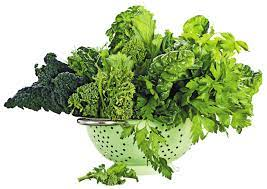
Vegetable of the month: Leafy greens ...health.harvard.edu
FOLIC ACID
HELPS FOR:
Cell renewal and preventing birth defects in pregnancy.
MAIN SOURCE:
There are plenty of scrumptious natural sources of folic acid, including dark leafy greens, asparagus, broccoli, citrus fruits, beans, peas, lentils, seeds, nuts, cauliflower, beets and corn.
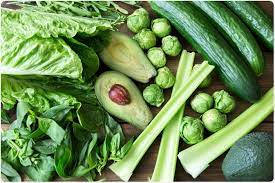
What Foods Contain Folic Acid?news-medical.net
As per WebMD:
The Institute of Medicine has determined upper limits for 24 nutrients. This table is for adults ages 19 or older. It doesn't apply to women who are pregnant or breastfeeding, because they have different nutritional requirements.
Vitamin | Recommended Dietary Allowance (RDA) or Adequate Intake (AI) Nutrients with AIs are marked with an (*) | Upper Tolerable Limit (UL) The highest amount you can take without risk |
Choline (Vitamin B complex) |
| 3,500 mg/day |
Fluoride |
| 10 mg/day |
Vitamin A |
| 3,000 mcg/day |
Vitamin B3 (Niacin) |
| 35 mg/day This applies only to niacin in supplements or fortified foods. There is no upper limit for niacin in natural sources. |
Vitamin B6 |
| 100 mg/day |
Vitamin C |
| 2,000 mg/day |
Vitamin D (Calciferol) |
| 100 mcg/day |
Vitamin E (alpha-tocopherol) |
| 1,500 IU/day (1,000 mg/day) This applies only to vitamin E in supplements or fortified foods. There is no upper limit for vitamin E from natural sources. |
